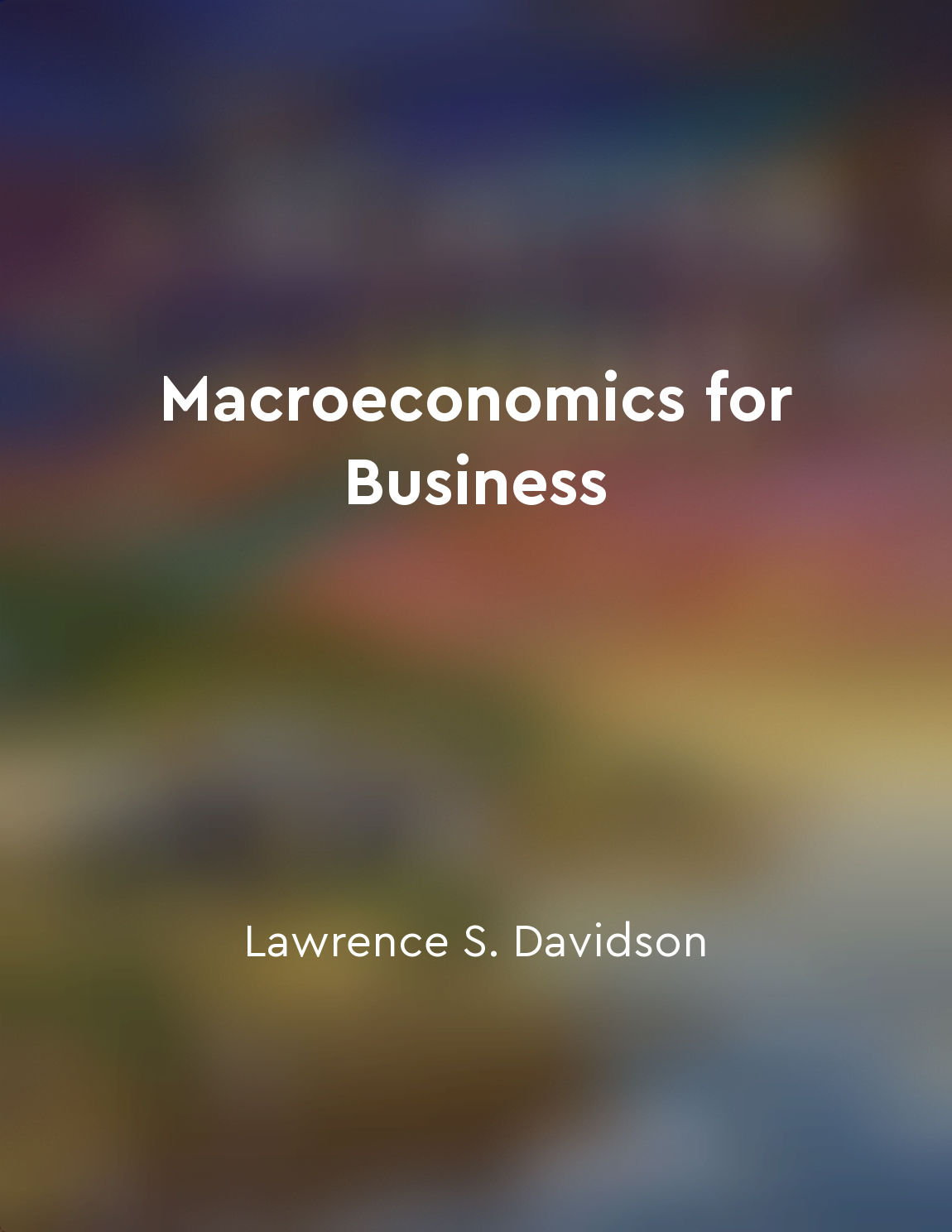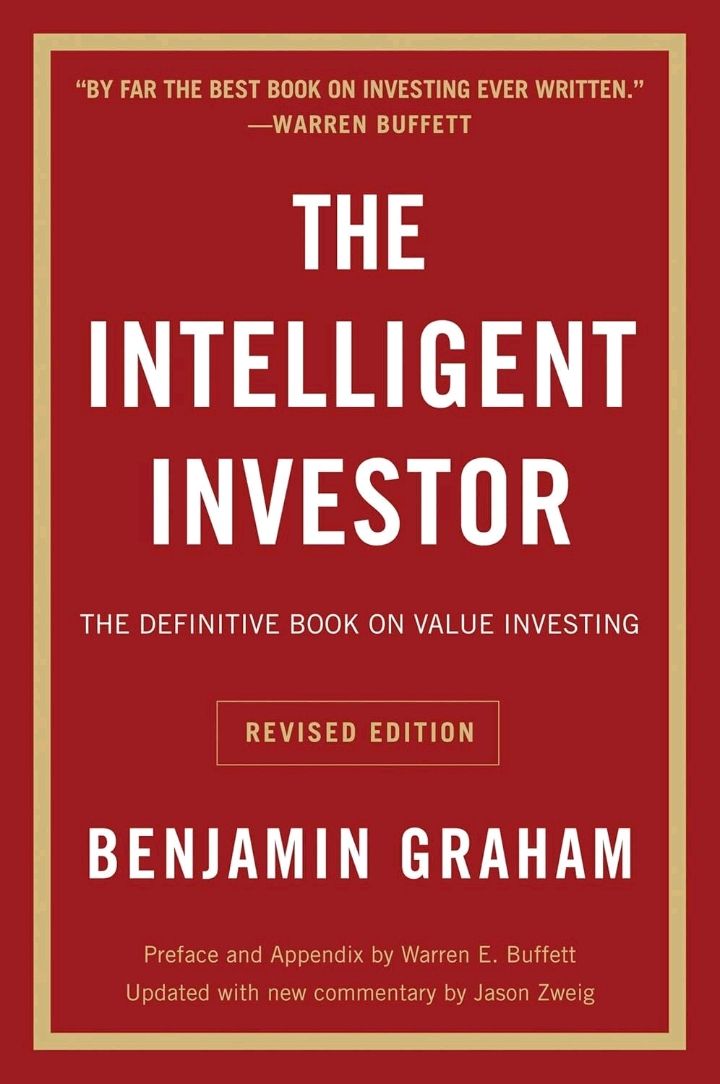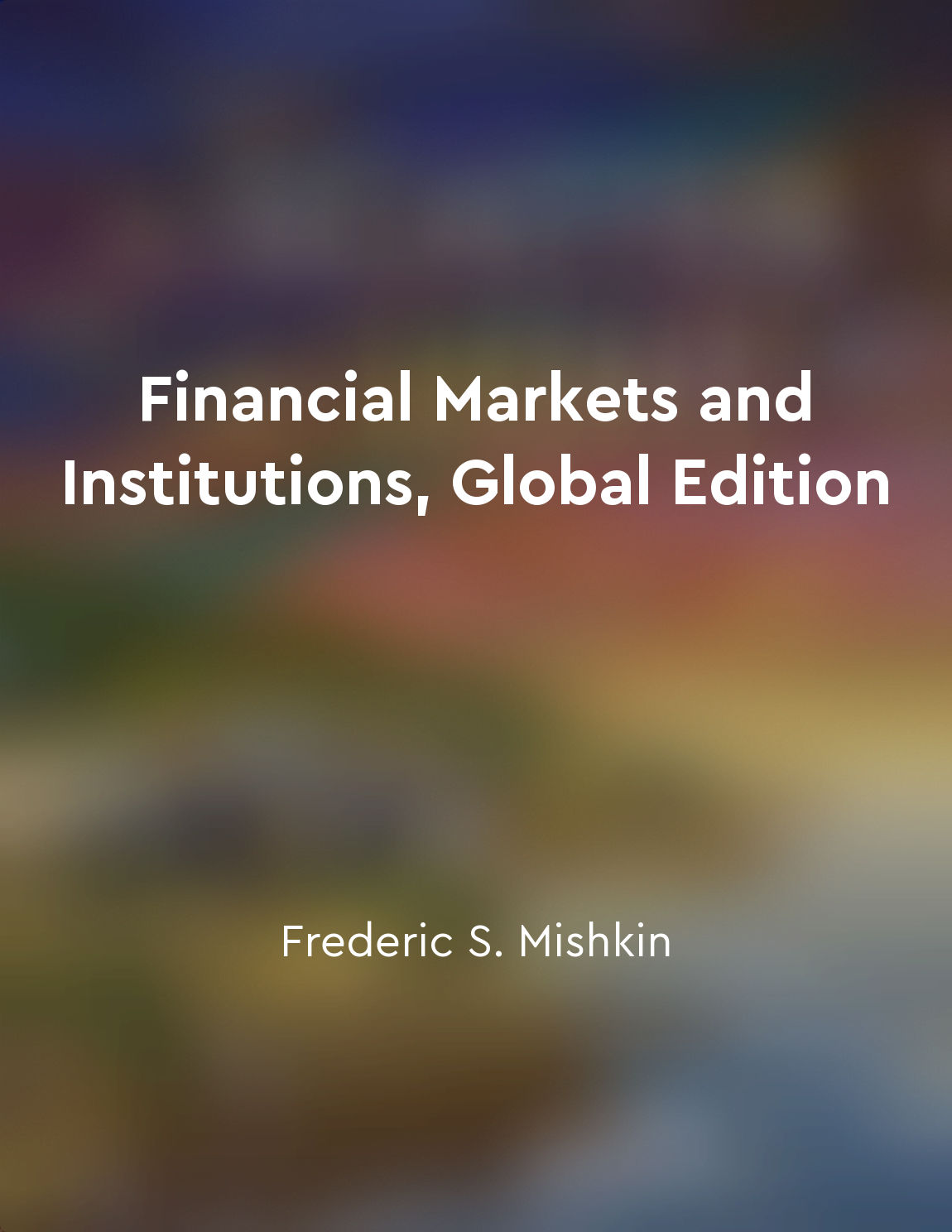Business cycles are a natural part of economic growth from "summary" of Economics of Money, Banking and Financial Markets, Business School by Frederic S. Mishkin
Business cycles are an inherent feature of the economic landscape. These cycles represent fluctuations in economic activity over time, with periods of expansion followed by contractions. Understanding these cycles is crucial for policymakers, businesses, and individuals alike. During an expansion phase, economic activity is on the rise, leading to increased production, employment, and income. This period is characterized by optimism and confidence in the economy's prospects. Conversely, during a contraction phase, economic activity slows down, leading to decreased production, employment, and income. This period is characterized by pessimism and uncertainty about the economy's future. These fluctuations are driven by various factors, including changes in consumer spending, investment, government policies, and external shocks. While these cycles can be disruptive, they are a natural part of the economic growth process. Policymakers often intervene during downturns to stimulate economic activity through measures such as monetary and fiscal policy. Central banks may lower interest rates to encourage borrowing and spending, while governments may increase spending to boost demand. These interventions can help mitigate the impact of a recession and support a recovery. However, policymakers must strike a balance between stimulating growth and avoiding inflationary pressures. Businesses also need to adapt to the changing economic environment during business cycles. During expansions, firms may invest in new projects, hire more workers, and expand their operations. In contrast, during contractions, businesses may cut costs, lay off workers, and reduce production. Flexibility and resilience are key for firms to navigate these fluctuations successfully. Individuals are also affected by business cycles, as their income, job prospects, and overall well-being are tied to the economy's performance. Understanding these cycles can help individuals make informed decisions about their finances, career choices, and consumption patterns. By being aware of the economic environment, individuals can better prepare for potential challenges and opportunities that may arise during different phases of the business cycle.- Business cycles are a natural part of economic growth and represent fluctuations in economic activity over time. These cycles are driven by various factors and have implications for policymakers, businesses, and individuals. By understanding and adapting to these cycles, stakeholders can navigate the ups and downs of the economy more effectively.
Similar Posts
Market inefficiencies can lead to disequilibrium
Market inefficiencies can arise when prices do not accurately reflect all available information. Such inefficiencies can lead t...
Educate yourself about the various investment options
To make wise investment decisions, it is essential to have a deep understanding of the different options available to you. By e...
Market fluctuations are opportunities for value investors
Value investors know that the stock market is not always rational. Prices can swing wildly based on short-term news, emotions, ...

Competition fosters innovation
The concept of competition fostering innovation is a fundamental principle in economics. When firms are faced with competition ...

Macroeconomics studies economy as a whole
Macroeconomics is concerned with the big picture of the economy. It looks at the economy as a whole, rather than focusing on in...

Diversify your investment portfolio
The concept of spreading your investments across a range of assets is a fundamental principle of sound investment strategy. By ...
Save and invest consistently
Saving and investing consistently is the key to building wealth over time. It's not about trying to time the market or pick the...
Market trends can be unpredictable
Market trends are capricious and wayward creatures, dancing to a tune that only they can hear. Like the elusive Dao, they twist...
GDP measures total income in an economy
GDP, or gross domestic product, is a measure of the total income of everyone in the economy. It is the market value of all fina...

Financial innovation drives the development of new products
Financial innovation is a key driver in the development of new financial products. Innovations in financial markets have led to...


